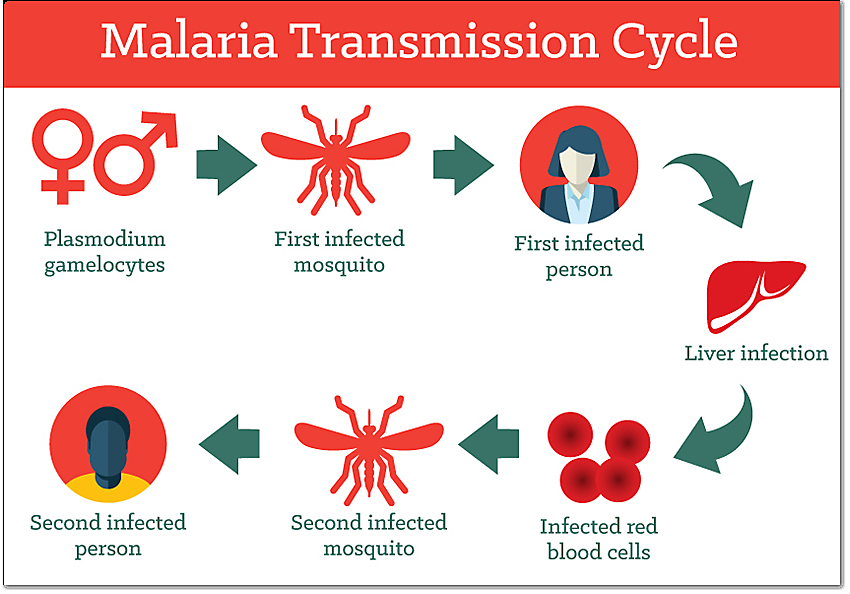Biology of Malaria Transmission
Understanding transmission biology at an individual level is a key component of intervention strategies that target the spread of malaria parasites from human to mosquito. Gametocytes are specialized sexual stages of the malaria parasite life cycle developed during evolution to achieve crucial steps in transmission. As sexual differentiation and transmission are tightly linked, a deeper understanding of molecular and cellular events defining this relationship is essential to combat malaria. Recent advances in the field are gradually revealing mechanisms underlying sexual commitment, gametocyte sequestration, and dynamics of transmissible stages; however, key questions on fundamental gametocyte biology still remain. Moreover, species-specific variation between Plasmodium falciparum and Plasmodium vivax transmission dynamics pose another significant challenge for worldwide malaria elimination efforts. Here, we review the biology of transmission stages, highlighting numerous factors influencing development and dynamics of gametocytes within the host and determinants of human infectiousness.

How is malaria transmitted?
Malaria is transmitted by infected mosquitoes. When you get bitten by a mosquito which carries the malaria parasite, the parasite enters your bloodstream. It is then carried to your liver, where it multiplies.
If a mosquito bites you while you have malaria, it will get infected and it can then transmit the parasite to the next person it bites.
In order to prevent catching the disease you need to avoid insect bites and take antimalarial tablets.
Can you catch malaria from another person?
Malaria is not contagious and you can’t catch it from physical contact with someone who has it. The malaria parasite is not in an infected person’s saliva and it is not passed on from one person to another.
The only way you can catch malaria from a person is through blood transfusions or organ transplants. It is also possible for mothers to pass the parasite on to their baby during childbirth.


